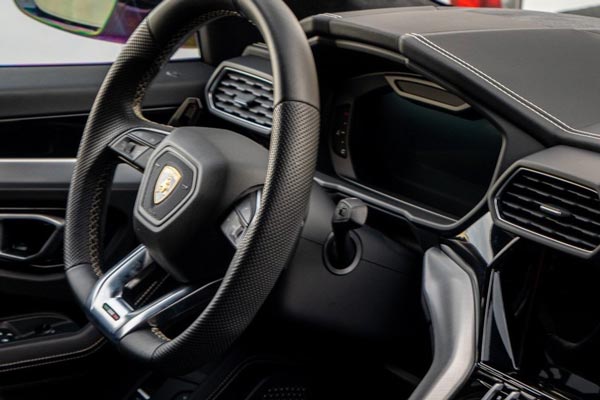In the realm of product development and manufacturing, the journey from concept to creation is often filled with challenges. Vacuum casting, an innovative process rooted in precision and versatility, has emerged as a crucial technique in bridging the gap between prototyping and production. This article delves into the intricacies of vacuum casting, its applications, advantages, and the transformative impact it has on the landscape of modern manufacturing.
Understanding Vacuum Casting:
Vacuum casting, also known as silicone molding or urethane casting, is a sophisticated manufacturing process that enables the replication of intricate parts using silicone molds and polyurethane resins. It stands out for its ability to produce high-quality, detailed components with remarkable accuracy and surface finish. The process begins with the creation of a master pattern, typically crafted using 3D printing or CNC machining, which serves as the blueprint for the silicone mold.
The vacuum casting process involves several essential steps:
Master Pattern Creation: Designers utilize CAD software to create intricate master patterns that capture the desired geometry and features of the final part. These patterns are then fabricated using advanced manufacturing techniques such as 3D printing or CNC machining.
Mold Making: A silicone mold is meticulously crafted around the master pattern, encapsulating its intricate details. Once cured, the mold is carefully cut open, allowing for the removal of the master pattern and leaving behind a negative cavity perfectly mirroring the original design.
Resin Casting: Polyurethane resin, chosen for its mechanical properties and aesthetic qualities, is injected into the mold under vacuum pressure. The vacuum ensures thorough resin infiltration, minimizing air bubbles and voids within the casted part, thus ensuring uniformity and structural integrity.
Curing and Demolding: The resin-filled mold undergoes a curing process, during which the material solidifies to form the final part. Once cured, the mold is opened, and the newly cast component is carefully removed, revealing intricate details and surface finishes.
Applications Across Industries:
Vacuum casting finds widespread application across diverse industries, including automotive, aerospace, consumer goods, and healthcare. In product development and prototyping, vacuum casting allows designers to rapidly iterate designs and produce functional prototypes for testing, validation, and market feedback.
In the automotive sector, vacuum casting is instrumental in producing interior components, lighting fixtures, and aesthetic trim pieces with intricate textures and finishes. Similarly, in the aerospace industry, vacuum casting facilitates the creation of lightweight, high-strength components with complex geometries, ideal for both prototyping and low-volume production.
Challenges and Future Trends:
While vacuum casting offers numerous benefits, challenges such as mold durability, material selection, and part repeatability must be carefully addressed. However, ongoing advancements in material science, mold-making techniques, and process automation are driving continuous improvement in vacuum casting technology.
Looking ahead, the future of vacuum casting holds promise with the integration of digital workflows, real-time monitoring, and enhanced materials. Furthermore, synergies with other manufacturing processes such as additive manufacturing and CNC machining are expected to further streamline production workflows and expand the applicability of vacuum casting across industries.
Vacuum casting stands as a testament to the ingenuity and innovation of modern manufacturing, offering a seamless bridge between prototyping and production. With its ability to produce high-quality, detailed components with remarkable accuracy and surface finish, vacuum casting empowers designers, engineers, and manufacturers to bring their concepts to life with precision and confidence. As technology continues to evolve and processes mature, vacuum casting remains a vital tool in the arsenal of forward-thinking innovators, driving progress and shaping the future of product development and manufacturing.
Reference
*Image from https://www.fresh-layer.com/

